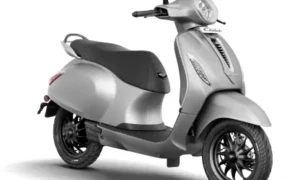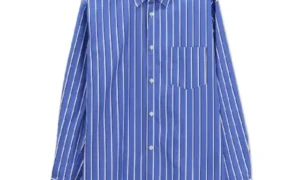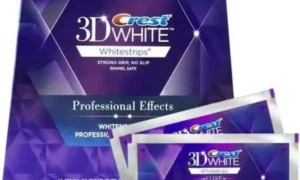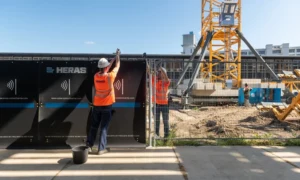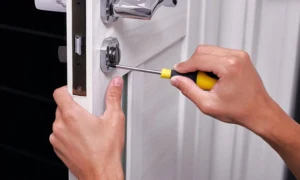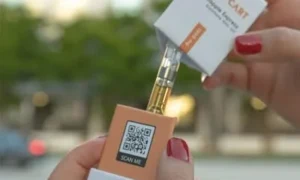Introduction
Selecting the appropriate folding box for your product is of utmost importance as it greatly influences product protection, presentation, and customer satisfaction. Whether you are packaging food items, cosmetics, electronics, or any other product, several crucial factors warrant consideration. In this article, we will discuss the factors that you need to consider choosing the right folding boxes for your product.
Size and Dimensions
The first factor to consider is the size and dimensions of the folding box. Measure your product accurately to ensure it fits snugly inside the box without being too loose or too tight. A well-fitted box provides better protection during shipping and handling.
Material Quality of Folding Boxes
The material of the folding box matters. It should be sturdy and durable enough to protect the product from potential damage. Common materials include cardboard, corrugated cardboard, and craft paper. Choose the material that best suits your product’s needs and budget.
Folding Boxes Style
There are various box styles available, such as tuck-end boxes, reverse tuck-end boxes, and snap-lock bottom boxes. Each style offers different levels of security and ease of assembly. Select the style that complements your product’s packaging requirements.
Printing and Branding
Consider the printing and branding options available for your folding box. Custom printing allows you to showcase your brand logo, product information, and eye-catching designs. High-quality branding enhances product visibility and helps attract potential customers.
Product Visibility
If displaying your product is essential, opt for a folding box with a window or a transparent panel. This enables customers to see the product without opening the box, making it more appealing on store shelves.
Environmental Impact
In today’s eco-conscious world, consider the environmental impact of your packaging choice. Opt for eco-friendly materials and sustainable production processes. Recyclable and biodegradable folding boxes are excellent choices to reduce your environmental footprint.
Budget Constraints
Evaluate your budget and find a folding box that meets your requirements without exceeding your budget. Balancing quality and cost ensures you get the best packaging solution for your product without overspending.
Product Fragility
If your product is delicate or fragile, choose a folding box with additional padding or inserts to provide extra protection during transportation.
Storage and Shipping Efficiency
Efficient use of space during storage and shipping can save costs and reduce environmental impact. Consider collapsible or flat-fold designs that are easy to store and stack, optimizing space utilization.
Regulatory Compliance
For certain products, there might be regulatory requirements related to packaging, labeling, or safety standards. Ensure your chosen folding box adheres to all applicable regulations to avoid legal issues.
Quantity and Order Volume
If you require large quantities of folding boxes, consider working with a supplier who offers bulk ordering discounts. This helps to reduce costs and ensures a steady supply of packaging for your products.
Supplier Reliability
Choose a reputable and reliable folding box supplier to avoid any potential delays or quality issues. Read customer reviews and testimonials to gauge the supplier’s performance and commitment to customer satisfaction.
Conclusion
Selecting the right folding box for your product involves careful consideration of various factors. Size, material quality, box style, branding, product visibility, environmental impact, budget, fragility, storage efficiency, regulatory compliance, order volume, and supplier reliability are all critical aspects to contemplate. By making a well-informed decision, you can enhance your product’s packaging, protect it during transit, and create a positive impression on customers, leading to greater success for your business.


